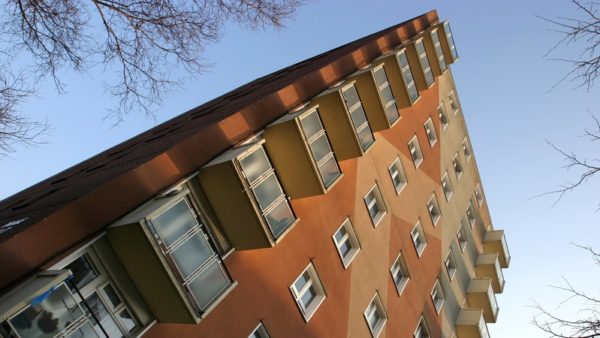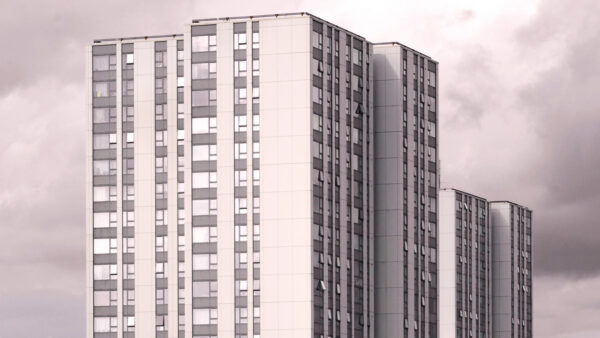
The requirement to appoint a building safety manager was removed from the final Building Safety Act. But the functions very much remain, says Anthony Taylor.
The Building Safety Act was finally given Royal Assent earlier this year and the first consequence for those “responsible for the management of residential higher-risk buildings” will be building registration, beginning in April 2023 through to October 2023.
Registration will require basic details of the building and “the name and title of a nominated individual who will act as a single point of contact for the principal accountable person (PAP) within the organisation”.
While it is anticipated that it is likely that the statutory role of PAP will be taken by the organisation owning or having control of the “in scope” higher-risk building (HRB), registration will need the organisation taking the role as the dutyholding accountable person (AP) – or, if more than one at the building, the PAP organisation – to identify an individual.
The dutyholding organisation PAP has several specific statutory duties and the individual “contact” will need to understand what these are.
Building safety manager removed
Initially the Building Safety Bill had proposed a role called the building safety manager (BSM), which was expected to assist the PAP with ensuring its duties are fulfilled. This was removed from the final Act, so there is no such legal role as a BSM, albeit some organisations continue to employ competent individuals with this or a similar title to undertake a role similar to the one proposed.
Specific duties of the PAP include
- Register the HRB with the regulator
- Apply for, and display, a building assessment certificate
- Assess building safety risks
- Manage building safety risks
- Deliver a safety case report
- Report to the regulator and provide a complaints procedure
- Deliver a residents’ engagement strategy
- Keep, maintain and make available information about higher-risk buildings, the golden thread and the safety case
By removing this role, it is intended to offer the PAP greater flexibility as to how it will ensure its Building Safety Act Part 4 duties are met. Unless the PAP organisation has the competence and resources to deliver management of building safety in-house, it will need to outsource, by contractual arrangement, some or all of the resources necessary to fulfil its duties.
The Building Safety Act only deals with “spread of fire and structural safety” in the residential parts of any building. There remain the other existing health and safety responsibilities that have been in place for years.
There are also the implications of the recent Fire Safety Act of 2021 to contend with. The Fire Safety Act and the Building Safety Act are designed to work together to ensure residents’ safety in their own homes.
The need to be competent
There is the expectation that the individual nominated as the primary contact within the PAP organisation will have appropriate competence, ie, the right combination of skills, knowledge, experience and behaviour – not being an expert in everything but having appropriate competence, and the authority to ensure adequate resources can be made available. It is also a specific requirement that they only appoint appropriately competent persons to undertake work for them.
In July 2022 the BSI published three PAS (Publicly Available Specification) documents related to competence for the new roles under the Building Safety Act 2022:
The roles of principal designer and principal contractor relate to building regulations compliance. They are separate from and additional to the roles under the CDM 2015.
All of these set out the competence frameworks expected of organisations that undertake these roles and all require that a senior person in the organisation has appropriate competence to ensure the delivery of competent work activities.
Anthony Taylor is chair of Working Group 8 of the Competency Steering Group and chair of the Building Safety Alliance. He can be contacted at [email protected].











